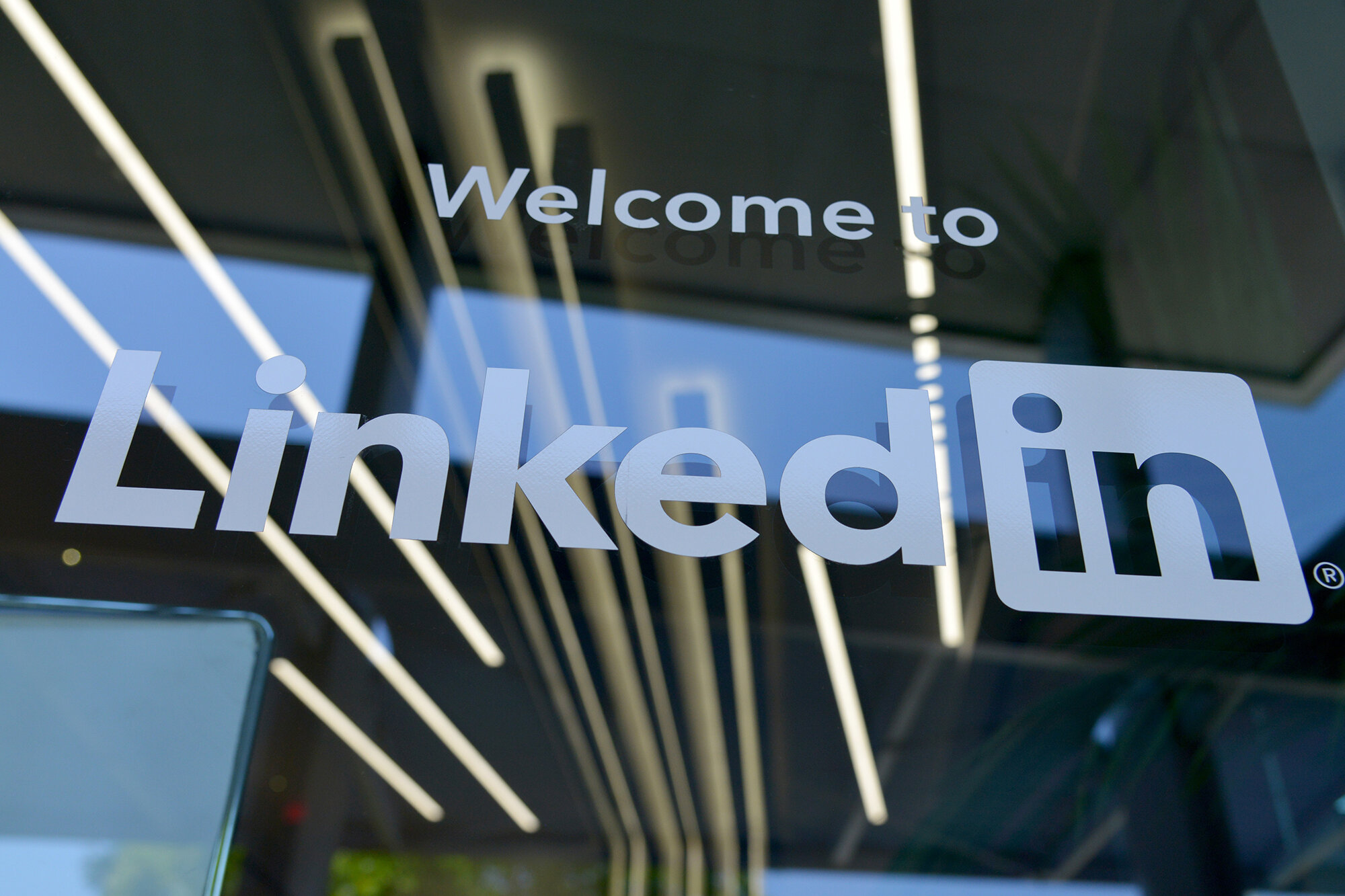As a business owner, you understand the importance of having a well-designed and informative homepage. It serves as the virtual front door to your website, welcoming visitors and guiding them to explore further. A compelling homepage can make a lasting impression and encourage visitors to take the desired action, whether it’s making a purchase, signing up for a newsletter, or contacting you for more information.
In this comprehensive guide, we will explore the key elements that every website homepage must have to maximize its effectiveness.
1. Clear and Concise Headline
The headline is the first thing visitors see when they land on your homepage, and it should immediately convey what your business is all about. Keep it clear, concise, and attention-grabbing.
Use a strong headline that summarises your unique selling proposition and sets you apart from the competition. Incorporate relevant keywords to improve search engine visibility and attract the right audience.
2. Engaging Hero Section
The hero section is the focal point of your homepage, and it should captivate visitors’ attention right away. Use high-quality visuals, such as images or videos, that represent your brand and evoke an emotional response.
Combine this with compelling copy that reinforces your value proposition and encourages visitors to explore further. Consider including a call-to-action button that directs visitors to take the desired action, such as making a purchase or signing up for a free trial.
3. Clear Navigation Menus
Navigation menus play a crucial role in helping visitors navigate through your website. They should be prominently displayed on your homepage and be easy to understand and use. Use clear and descriptive labels for each menu item, ensuring that visitors can quickly find the information they are looking for.
Consider organising your menus in a logical and intuitive manner, such as by product categories or service offerings.
4. Compelling Call-to-Action
A strong call-to-action (CTA) is essential for guiding visitors towards the desired conversion. Whether it’s filling out a form, making a purchase, or subscribing to a newsletter, your CTA should be prominently displayed on your homepage. Use persuasive language and design elements, such as contrasting colours and bold fonts, to make your CTA stand out.
Consider offering incentives, such as discounts or free trials, to entice visitors to take action.
5. Trust-Building Elements
Building trust is crucial for converting visitors into customers. Include trust-building elements on your homepage, such as customer testimonials, reviews, and case studies. Highlight any awards or recognition your business has received to showcase your expertise and credibility.
Incorporate logos of trusted partners or clients to further establish trust. These elements reassure visitors that they can rely on your products or services.
6. Clear Value Proposition
Clearly communicate the unique value your business provides to visitors. Explain how your products or services solve their problems or meet their needs. Use persuasive and benefit-focused language to highlight the advantages of choosing your business over competitors.
Incorporate visuals and storytelling techniques to make your value proposition more engaging and memorable.
7. Mobile-Friendly Design
With the increasing use of mobile devices, it’s crucial to ensure that your homepage is optimised for mobile viewing. Use responsive design techniques to ensure that your website adapts seamlessly to different screen sizes. Test your homepage on various devices to ensure a smooth and user-friendly experience for mobile visitors.
Mobile-friendly design not only improves user experience but also boosts your search engine rankings.
8. Relevant and Engaging Content
Your homepage should provide visitors with valuable and relevant content that keeps them engaged. Use a mix of text, images, and videos to convey information in an engaging and visually appealing way. Incorporate storytelling techniques to create an emotional connection with your audience.
Consider including snippets of your most popular or recent blog posts to showcase your expertise and encourage visitors to explore further.
9. Contact Information
Make it easy for visitors to contact you by including your contact information on your homepage. Display your phone number, email address, and physical address prominently, preferably in the header or footer of your homepage.
Consider incorporating a contact form for visitors to reach out to you directly. Providing multiple options for contact helps visitors feel more confident in engaging with your business.
10. Fast Loading Speed
A slow-loading homepage can frustrate visitors and lead to high bounce rates. Optimise your website’s performance by minimising unnecessary code, compressing images, and utilising caching techniques. Test your homepage’s loading speed regularly and make necessary adjustments to ensure a fast and seamless user experience. A fast-loading homepage not only improves user satisfaction but also has a positive impact on search engine rankings.
Are you ready to improve your business’s online presence with a compelling website homepage? Get in touch with us today to explore our range of services if you’re eager to elevate your business to the next level.
Let's make a website!
Book a FREE video call to discuss your business, project strategy, and more!
"*" indicates required fields
More from Metal Potato
Can Apple Vision Pro Revolutionise Computing?
Discover the Apple Vision Pro: a mixed-reality headset set to redefine computing, work, entertainment, and education.
How to Choose the Perfect Typography for Your Website
Master the art of web typography... from font selection to readability, create a visually stunning and user-friendly website.
The Power of WordPress for Small Businesses
Build a strong online presence for your small business with WordPress! It's easy to use, SEO-friendly, and very cost-effective.
Celebrating 40 Years of the Apple Mac
Explore 40 years of Mac evolution! Celebrating Apple's iconic computer and its impact on design, technology, and creativity.
Why LinkedIn Should Be Your Top Priority
Maximise career growth with LinkedIn's powerful benefits! Unlock networking opportunities, connect and build your personal brand.
7 Strategies to Build Customer Loyalty
Elevate your brand with proven strategies for customer loyalty. Personalised programs, consistency, and gratitude that resonate.






